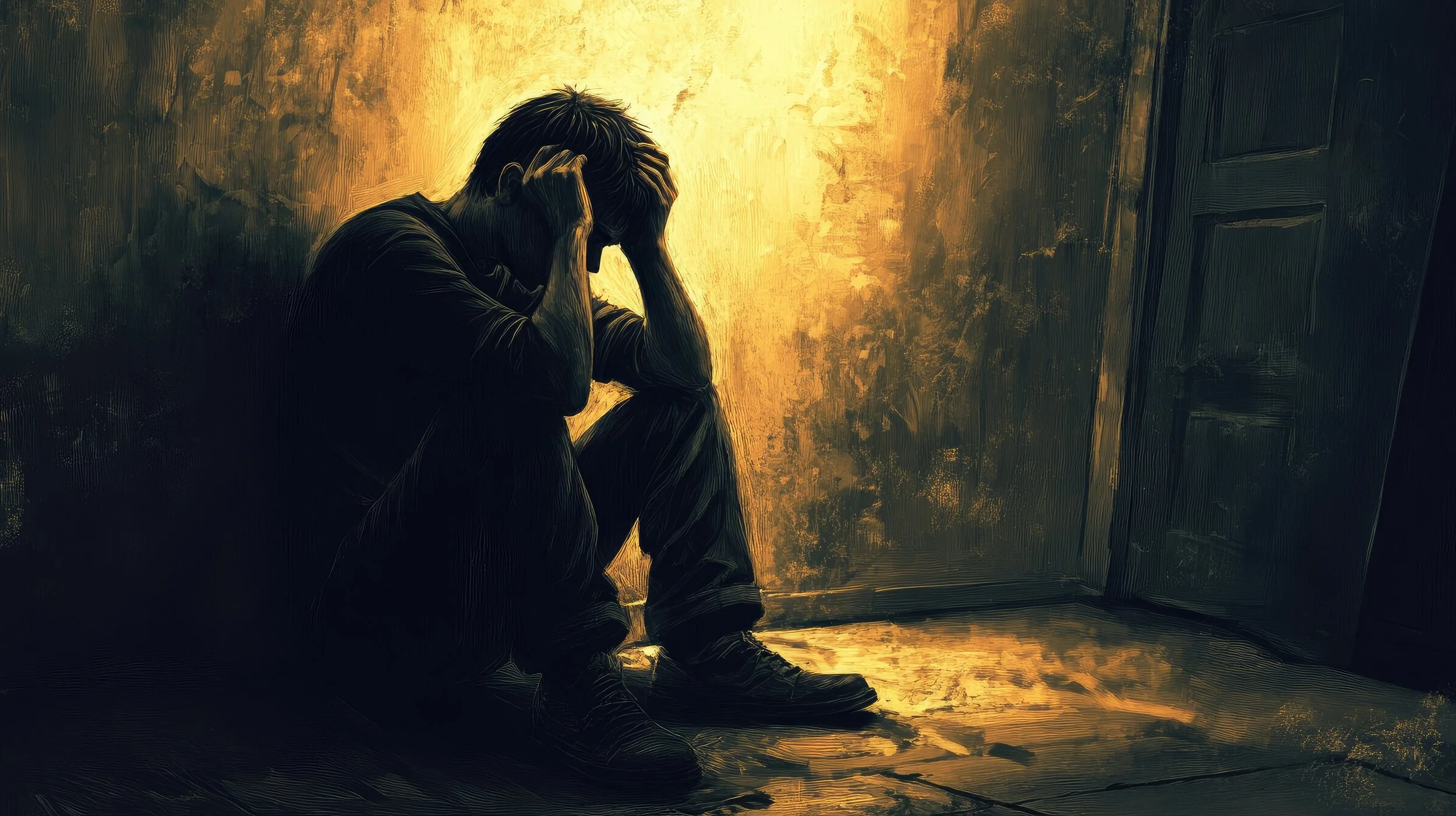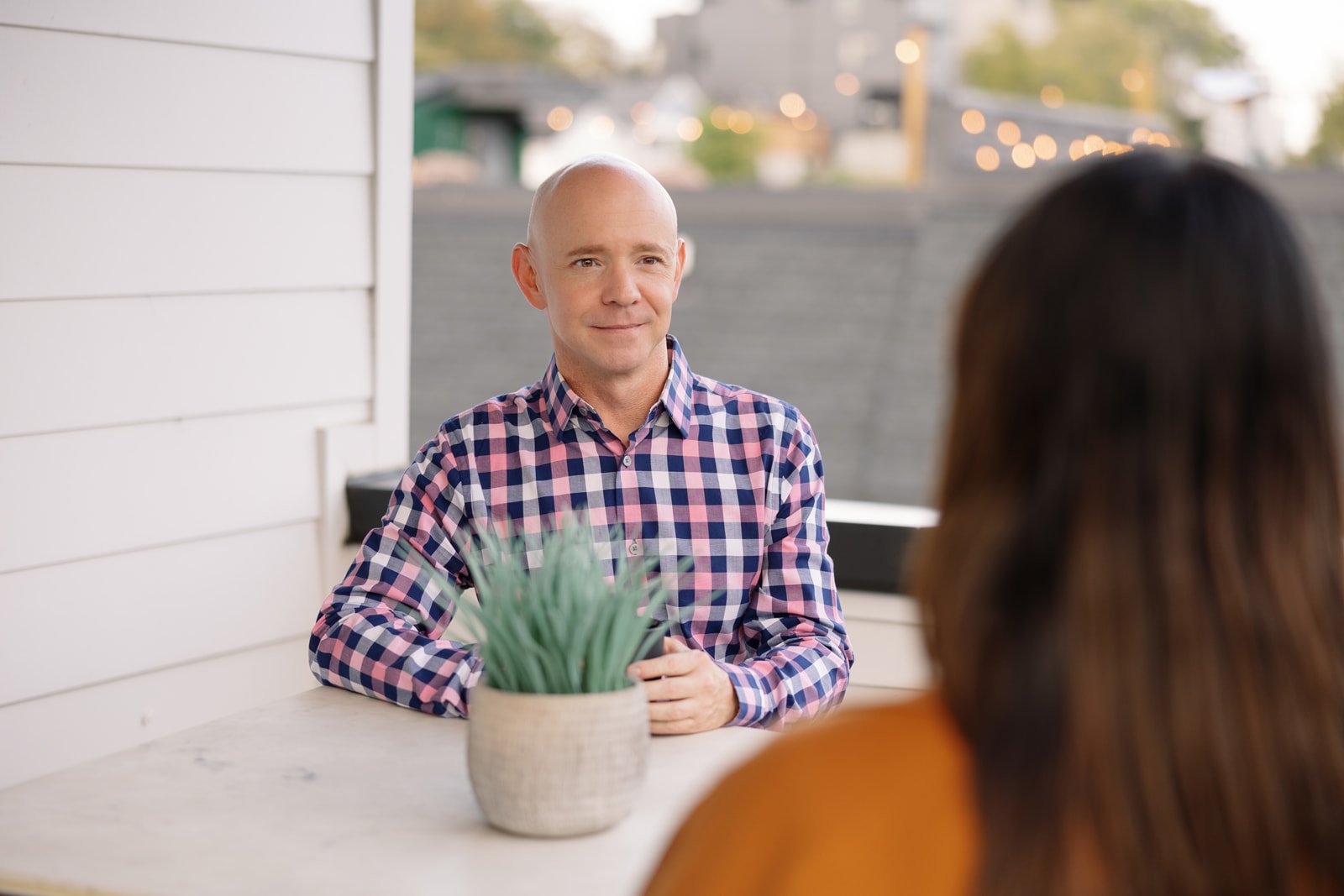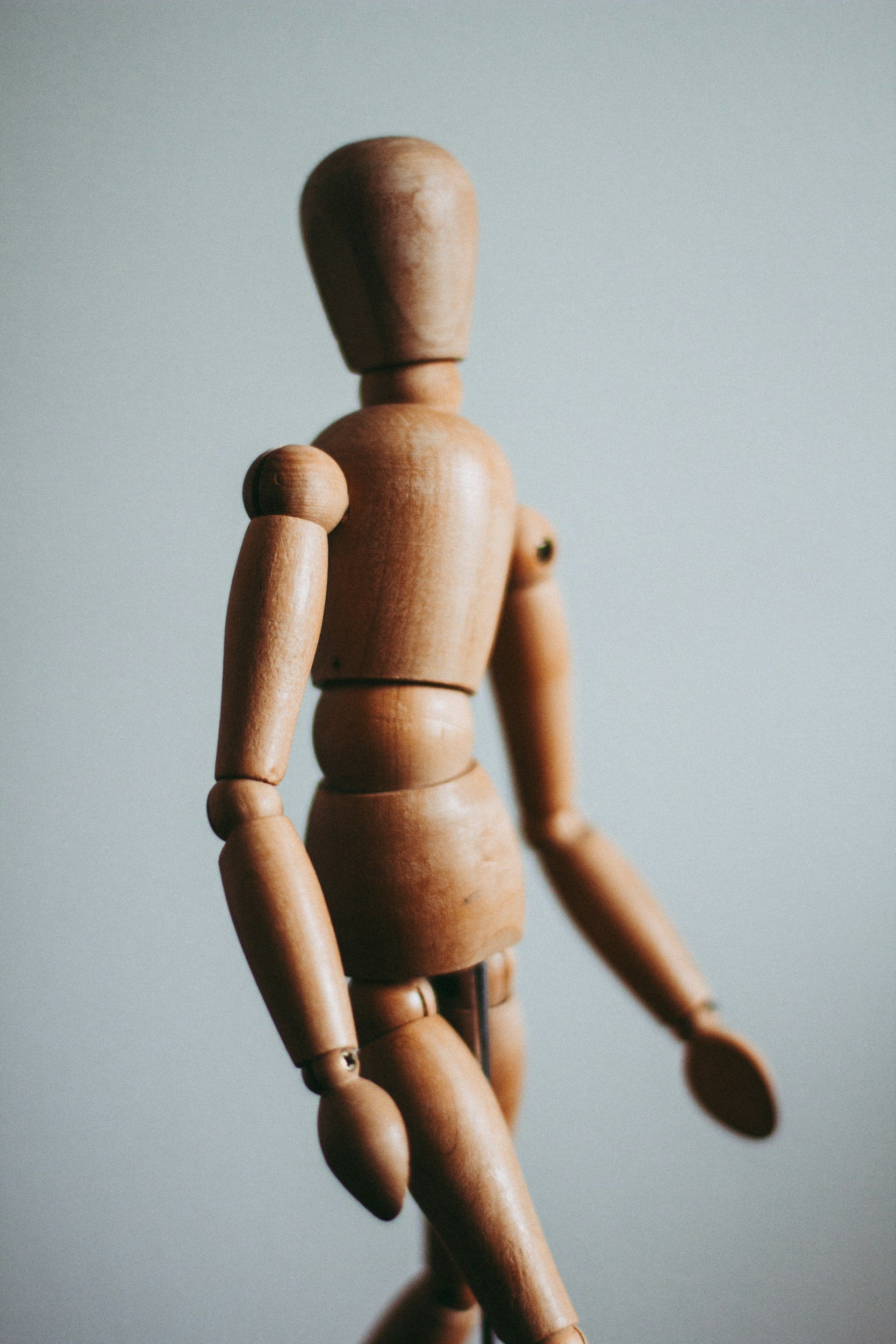When Silence Is Survival: A Somatic Reflection on Power, Oppression, and Embodied Courage
Silence is often misunderstood as apathy — but under systems of oppression, it’s often a somatic survival response. This blog explores how control-based environments shape our bodies and nervous systems, how the weaponization of DEI language creates collective freeze, and why reclaiming rest, emotion, and truth in the body is a radical act of resistance. Through a trauma-informed, nervous-system-aware lens, we reflect on silence, overwhelm, and the small embodied choices that can disrupt cycles of fear and control.
Haven’t We Moved On From Here Yet? Why Pushing on the Belly Isn’t Teaching Breathing
A colleague reached out today, unsettled.
They said, “A famous teacher is here, and they’re teaching breathing by pushing on people’s stomachs.”
And I felt that familiar mix of sadness and disbelief. Haven’t we moved on from this yet?
When “Success” Is Actually Overwhelm, Over-Functioning, and Chronic Anxiety
In the arts and academia, burnout doesn’t always look like collapse.
It often looks like achievement.
You meet every deadline.
You take on more than your share.
You’re always prepared, always available, always “on.”
From the outside, you look unstoppable.
From the inside, you may be running on fumes.
Beyond Burnout: Building a Nervous System Where Creativity Can Thrive
If you’ve spent years in the cycle of overwork, over-functioning (doing more than your share, staying in constant motion to cope), and quiet burnout, you may not remember what creativity feels like without pressure.
You might wonder:
If I slow down, will I lose my edge?
If I do less, will my work matter less?
If I’m not operating in overdrive, who will I be?
These are not just mental questions. They’re questions your body is asking too.
Stop Telling People They Are Broken: Rethinking Sensory Appreciation in Our Work
As Alexander Technique and Body Mapping teachers, we need to stop telling students that their sensory systems are faulty, that their kinesthesia is broken, or that they cannot trust what they feel. These statements are not only scientifically inaccurate — they are harmful.
When we say such things, we gaslight our students. We undermine their lived experience, suggesting that what they sense is untrustworthy. We create dependency on ourselves as the authority and, whether we mean to or not, we reinforce shame. This framing can retraumatize students who already struggle to believe their body is worthy of trust.
We must be honest with ourselves: to tell someone their sensory appreciation is broken is a power play. And it has no place in somatic education.
Why I Chose the Name mBODYed
When I was first dreaming about this work, I kept coming back to the word embodied. It captured so much of what I wanted to offer: the sense of being fully present in yourself, of living with awareness and ease rather than forcing or fighting your body.
But I wanted something more. Something that reflected not just the outcome, but the process.
That’s how mBODYed was born.
When “Just Practice More” Becomes Harmful: The Real Story of Performance Anxiety
A student returns from a prestigious summer festival, discouraged rather than inspired. In one of their masterclasses, a teacher told them:
“There is no performance anxiety. There is only lack of preparation.”
On the surface, this might sound like tough love. But underneath, it is neither accurate nor responsible. In fact, this statement is profoundly harmful. It is not trauma-informed, it is not grounded in science, and it perpetuates damaging myths that push musicians toward shame, silence, injury, and burnout.
That Work is Mine: Why Musicians Struggle to Take Credit (and How It Fuels Impostor Syndrome)
The Early Conditioning: Giving Credit Away
From our very first lessons, we are taught to transmit—not originate.
We’re told to “do what the composer wrote,” to please the conductor, to follow the phrasing of our teacher. This isn’t inherently wrong. Fidelity matters. But the hidden lesson is this: Your job is to disappear behind the work.
By the time we enter professional spaces, this pattern is so deeply embedded that even our most remarkable successes don’t feel like ours.
We’re praised—but we hand it back. We lead—but credit the tradition. We succeed—but feel like we borrowed the win.
From High-Functioning to Hollowed-Out: A Musician’s Reckoning with Burnout, Academia, and Belonging
We don’t know we’re burning out because burnout is the culture.
We don’t know we’re anxious because anxiety is the air we breathe in academic and artistic spaces.
We don’t know we’re in survival mode because survival is how we’re trained to succeed.
The Heart of mBODYed: From Body Mapping to Belonging. Why Nervous System Language Is Now Central to Our Work
Why are we speaking more about the nervous system at mBODYed? Because embodiment without nervous system fluency can overwhelm an already exhausted system. Asking someone to “feel into their body” without first tending to safety and capacity is like sending them abroad without a map or language. At mBODYed, we’re committed to trauma-informed teaching that begins with attunement—not assumption. The nervous system isn’t just part of the work. It is the work.
Reflections from ICA 2025
Shawn Copeland reflects on the 2025 International Clarinet Association Festival, highlighting presentations on Body Mapping and the Self Map, community connection, and the power of somatic teaching. He shares key moments from the event, including masterclasses, book signings, and vulnerable discussions on identity and nervous system safety for musicians. Readers are invited to join the upcoming Becoming mBODYed cohort starting August 16, 2025, with a limited-time discount code ClarinetFest2025 (10% off, valid through July 18). Perfect for musicians, educators, and performers seeking trauma-informed, somatic training and personal transformation.
Belonging to Yourself: Reclaiming Identity and Self-Validation
“Reclaim your identity and self-worth from institutions. This post explores how to belong to yourself through somatic awareness, self-validation, and embodied practice for artists, educators, and creatives.”
Reflections from the Retreat…
“How can we begin to feel safe in spaces when the thing, the person we are most afraid of, is ourselves? We can cultivate practices of wellness, gratitude, and compassion for others, but doing the same for ourselves is often challenging. It requires that we accept and believe that we are worthy and enough. And when we say that to ourselves, we must mean it!”
Coaching vs. Teaching Somatic Work: Embracing the Power of Embodied Support
Coaching vs. Teaching Somatic Work
Explore the differences between coaching and teaching somatic work in this insightful blog post. Discover how somatic coaching empowers individuals by integrating body awareness with personal growth, fostering creativity, and improving performance. Learn about the importance of embodied support for musicians, educators, and creatives, and how somatic coaching enhances clarity, reduces anxiety, and builds sustainable practices. Understand the role of the nervous system in somatic coaching and how it helps create safety and connection. Ready to transform your practice and performance? Discover the Becoming mBODYed Coaching Program at mBODYed.com.



















